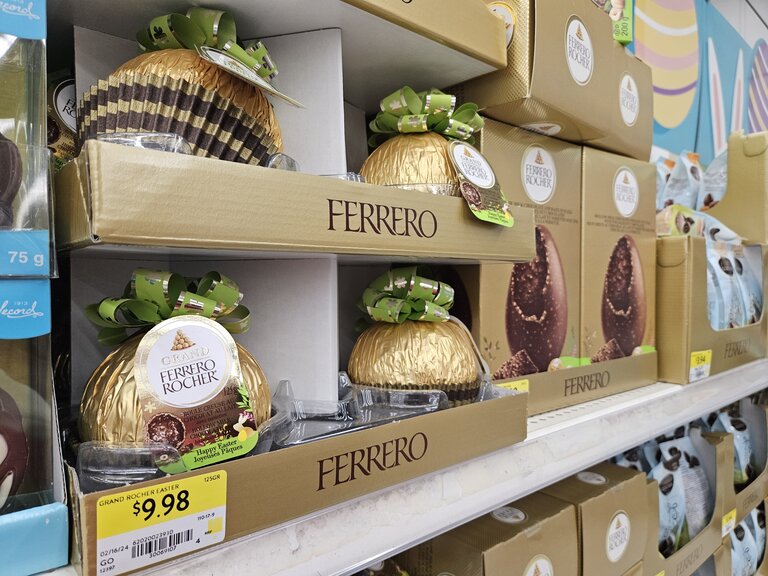Temperatures are not the only thing rising this spring. For chocolate makers and sellers gearing up for Easter, the struggle to keep the cost of bunnies and eggs low is proving to be a challenge in an era of increased costs of cocoa and other raw ingredients.
Heinrich Stubbe, master chocolatier and pastry chef with Ottawa’s family-owned Stubbe Chocolates, said he had no choice but to increase prices before Easter weekend.
“There’s hardly anything we can do as a small retailer,” said Stubbe, who operates a store in Hintonburg near the Irving Greenberg Theatre Centre.
Stubbe Chocolates was established in 1845 in Meppen, Germany. Since moving the business to Canada in 1989, the company has opened branches in Ottawa, Kanata and Toronto. Besides chocolate, they sell truffles, tortes, pastries, cakes and more — and many of those products include chocolate.
In January, inflation in the confectionary sector, which includes chocolate and candy, had increased nearly 10 per cent year over year, an analysis of Statistics Canada’s Consumer Price Index shows. And prices of sweets have been steadily rising for the past three years.
Graph © Haven Caster based on Statistics Canada CPI data
Stubbe said white chocolate was the first product hit with a price increase at his store because of milk powder and other ingredients. Cacao bean prices constantly fluctuate, which makes it a challenge to get the best quality for the best value.
This year, as well, fingers are pointing to a poor harvest in West Africa because of bad weather and pest.
“What we have to realize in the industry, it is all like a cartel,” Stubbe said. He says cocoa is often stored for up to years at a time and sold when the price is high. His first supplier was Callebaut. But it has since joined together with Cacao Barry, to what is now the Switzerland-based Barry Callebaut.
From this supplier, he can now get chocolate from all different countries, widening his access to this key ingredient and making his business more competitive at the same time.
My prices wholesale have certainly gone up.
Corrie Horsfield, owner, I Like Chocolate in Cobden, Ont.
On March 13, the minimum cost for a kilogram of cocoa was $6.13, according to studies done by Selina Wamucii, a Nairobi-based food services company. The week before it cost $6.06.
Stubbe uses six to seven tonnes of chocolate a year so it’s important for his company to buy larger quantities to get a better deal.
“This is the reason why we can absorb the price increases more easy,” he said. He does not like to see his customers unhappy about the price increases, so he says he does what he can to keep his products affordable.
Consumers have had to come to terms with the ever-increasing cost of just about everything, but some people have stopped buying high-cost holiday treats.
Almonte resident Ron Terpstra says he stopped buying Easter treats years ago. He said he typically gets his grandchildren a new bathing suit or shorts for summer because it is something they can use for a long time.
Barbara Cowal, of Arnprior, has already finished her Easter shopping. She usually buys two 100-gram Lindt bunnies for her son and husband. This year they were $7 each. Last year, she paid $4 apiece.
The number of Canadians who will celebrate Easter this year by purchasing Easter-related products has dropped 33 per cent compared to 2023, a recent Retail Council of Canada survey conducted by Caddle shows.
The owner of I Like Chocolate, located in the Ottawa Valley town of Cobden — and which also sells through other retailers across Renfrew County — says she expects prices to spike again near Christmas time.
“My prices wholesale have certainly gone up,” said Corrie Horsfield.
Stubbe said he tries to educate his customers about different types of chocolate and why he must increase prices for various types of products. He said that’s why he has travelled to Colombia six times — to educate himself on the “complex” underpinnings of the chocolate industry.




